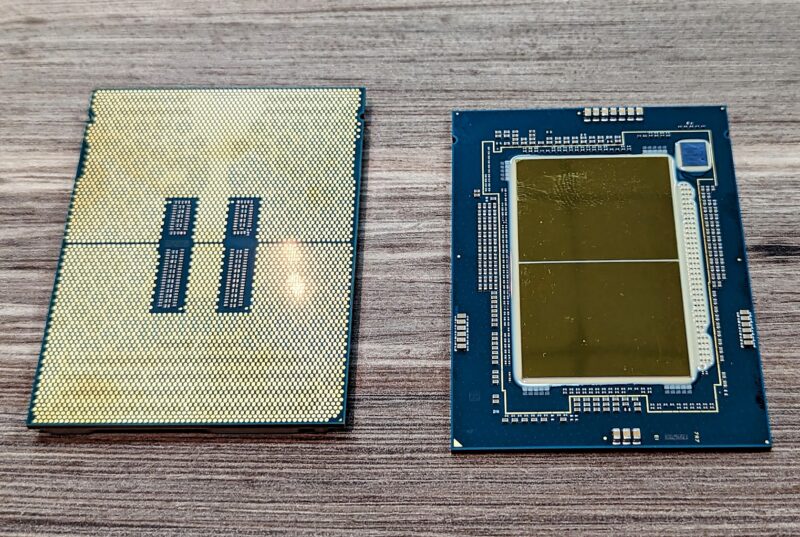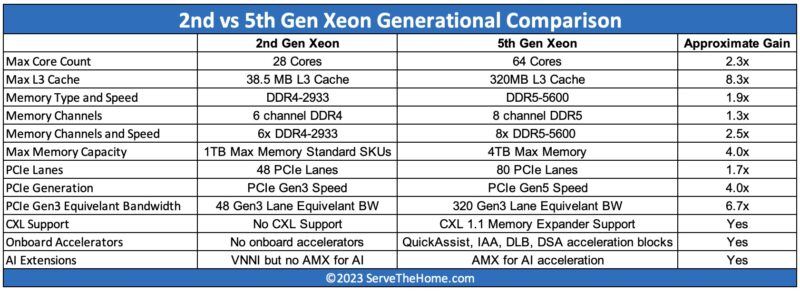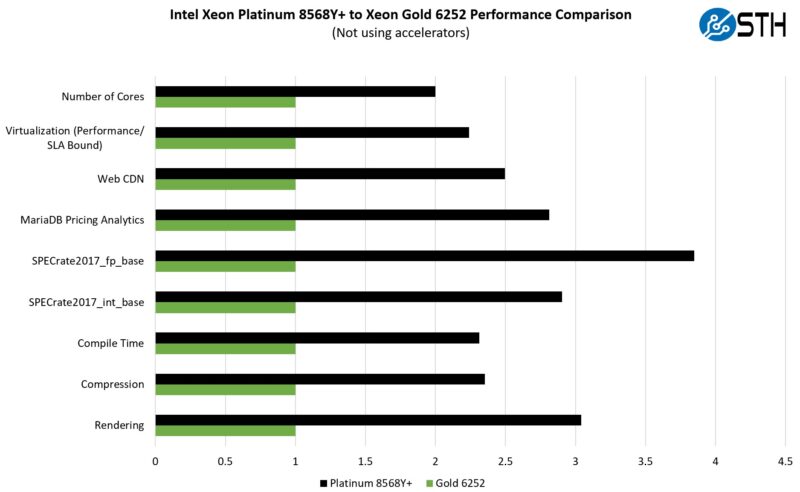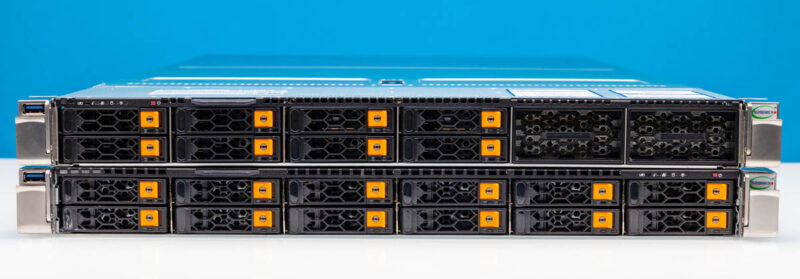2024 Intel Xeon Refresh Key Lessons Learned
When we published our initial 5th Gen Intel Xeon piece, many saw our video that had this 24-core versus 48-core comparison as well as our standard Intel to AMD comparisons and got very excited about highlighting Intel to Intel transitions. Let us be clear: that is because that is the way upgrade cycles usually work. There are AMD options in the market, and AMD has a lot of cores, but the majority of the market still upgrades Xeons with Xeons. That is the purpose of this piece.

What we found can be distilled into a few key lessons learned. First, the new servers offer more of everything from cores to memory to PCIe I/O and also built-in acceleration.

Having more of everything leads to more performance and we often saw 2-3x the performance in our setup, while using around 40% more power when the systems are operating well in a virtualized environment.

Even though servers may look the same walking down the aisle, the new servers can have huge functional improvements under sheet metal. Part of that is the underlying platform getting faster, with new features and generations of technology. The other part is simply more feedback coming into server design with a few more years of design work.

At some point, folks will need to upgrade older gear. If you have 1st Gen or 2nd Gen Xeons in your environment, or perhaps Xeon E5’s, then hopefully these key lessons help guide that process.
Final Words
Overall, the new servers are awesome. They have more capacity and more performance than previous generations. There is also a much larger gap between a Q2 2021 Xeon server and a Q4 2023 server than there is between a Q2 2021 Xeon server and a Q3 2017 server.
Hopefully, folks found this guide useful. We know folks will, at some point, look to refresh as we still have some 2nd Gen Xeon servers in our clusters. Instead of just looking at top-end content and highlighting costly 64-core CPUs versus 28-core CPUs, both with $10,000+ list prices, we wanted to get down to a more volume segment.
AI is such a hot application in the data center arena that one way to think about upgrading to a more modern server is to get a feature like AMX for AI. That is what Intel would like to message to the market. We think about it along a more useful line. Upgrading to new servers means smaller data center space and power footprints for traditional applications, so there is more room for accelerated servers for AI.
Of course, technology marches on, and we are going to be doing a lot in the cloud-native space in 2024. Stay tuned for that sector to start emerging as a major force in the next 2-3 years.




Xeon naming schemes make no sense. New socket restarts the series at 1st gen?! WHAT?!
Snek – not exactly. They also renamed them to “xeon scalable processor”. And, they changed the socket after 2nd Gen, and again after 3rd Gen, and didn’t restart the generations.
Author – would have been more of a ‘fair fight’ had you gone with same core count, and same level of processor, i.e. gold vs gold.
Not to say Emerald Rapids shouldn’t beat the pants off Skylake or Cascade Lake, but you’ve skewed the tests.
I’m with Bhahbh – I don’t really understand the reasonings behind going with the 24 core vs the 48 core. I mean, maybe if the new 48 core were the same price as the 24 core (which you can still get new from most major OEM’s at this point as Cascade Lake) it would make sense. But that’s not the case at all. Everything is more expensive (platform, processors, etc).
Going with the middle of the road processor totally makes sense, but the 48 core isn’t going to be middle of the road for most SMB’s.
Our university decided to buy a new HPC with Sapphire Rapids 8490H. Slightly disappointed with the non-HBM system as well as the timing of deploying sapphire rapids (July 2024)
But after reading this article, I would absolutely take the 4X floating point per node performance increase from Xeon Gold 6154
I suspect 2-3x price hike for new generation of servers so the performance gain per Dollar is negligible.
– What is the price story of consolidation?
– Are both servers priced similarly so we are comparing ±10K$ servers?